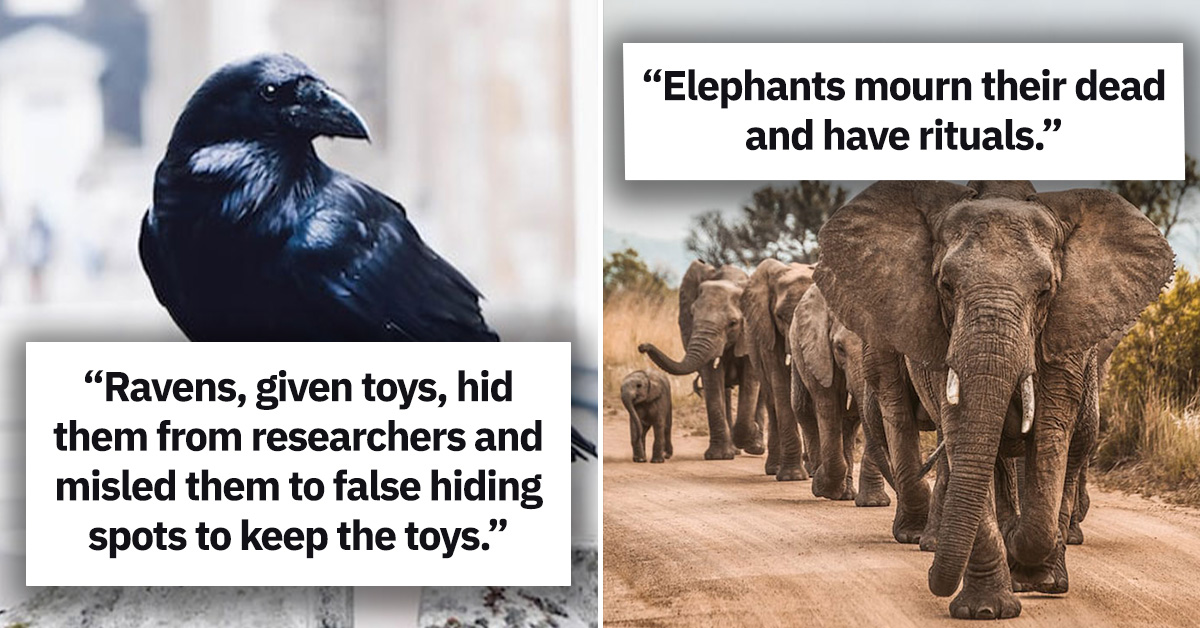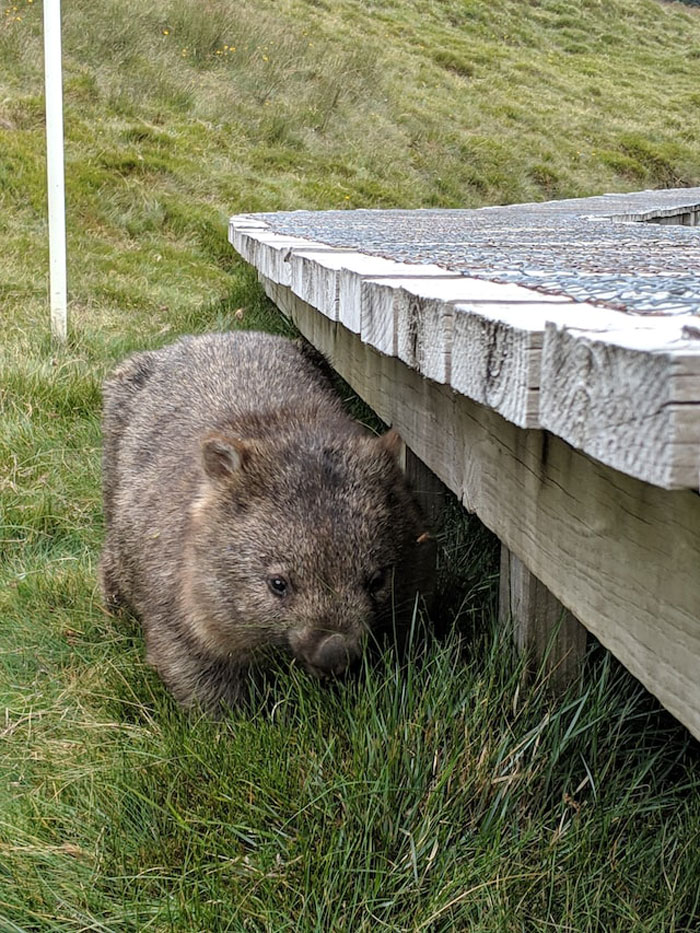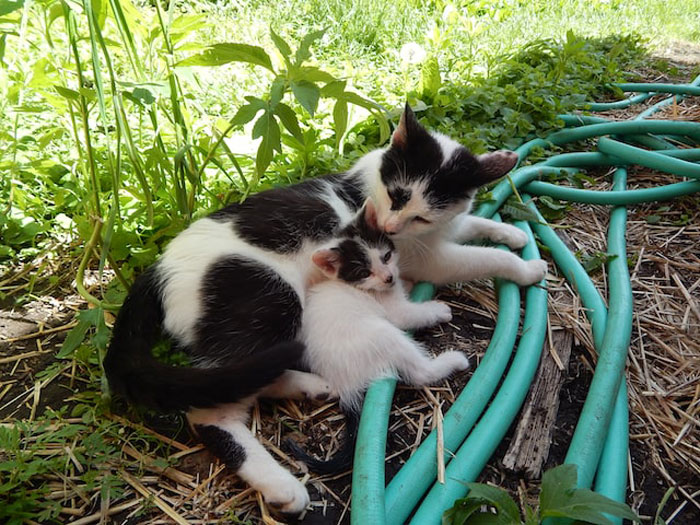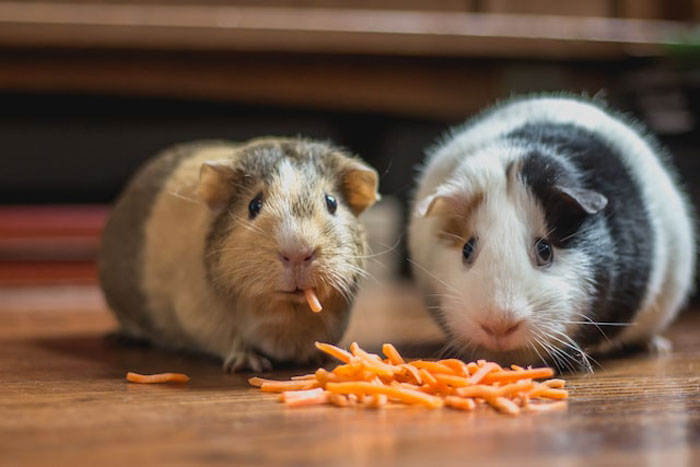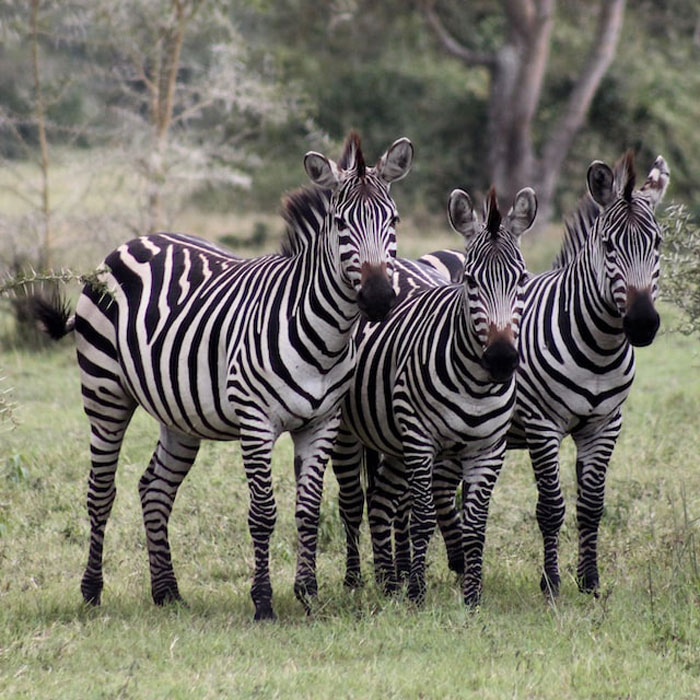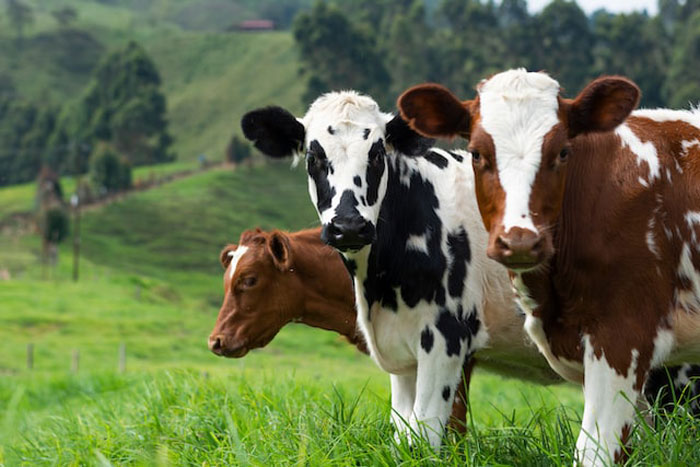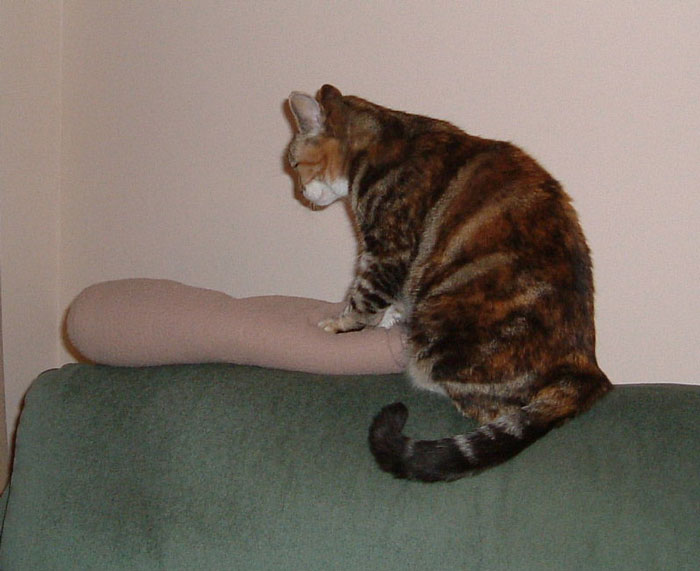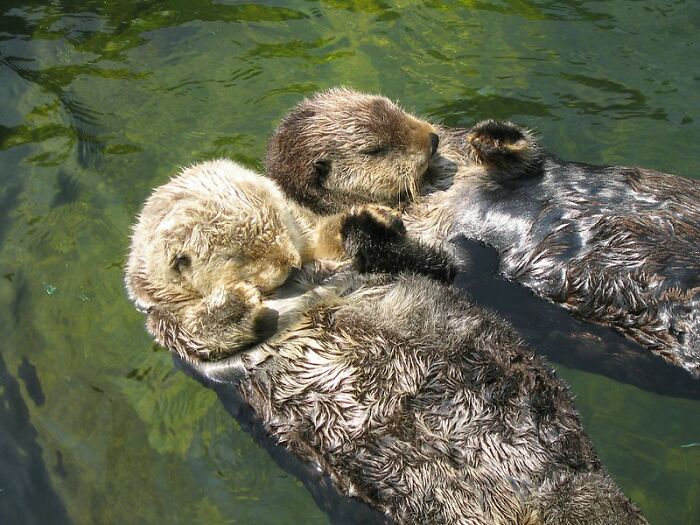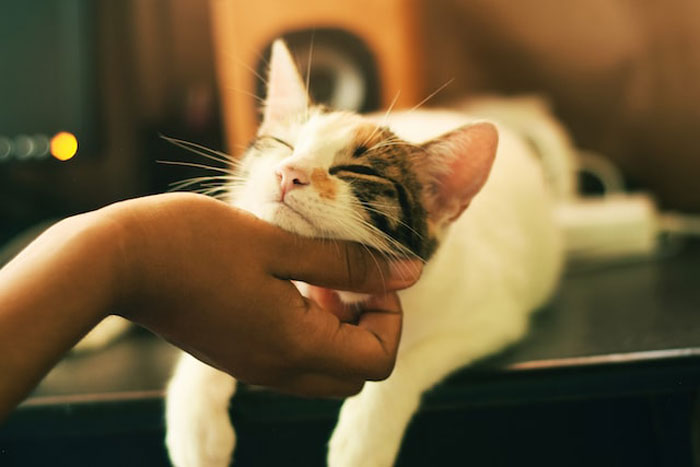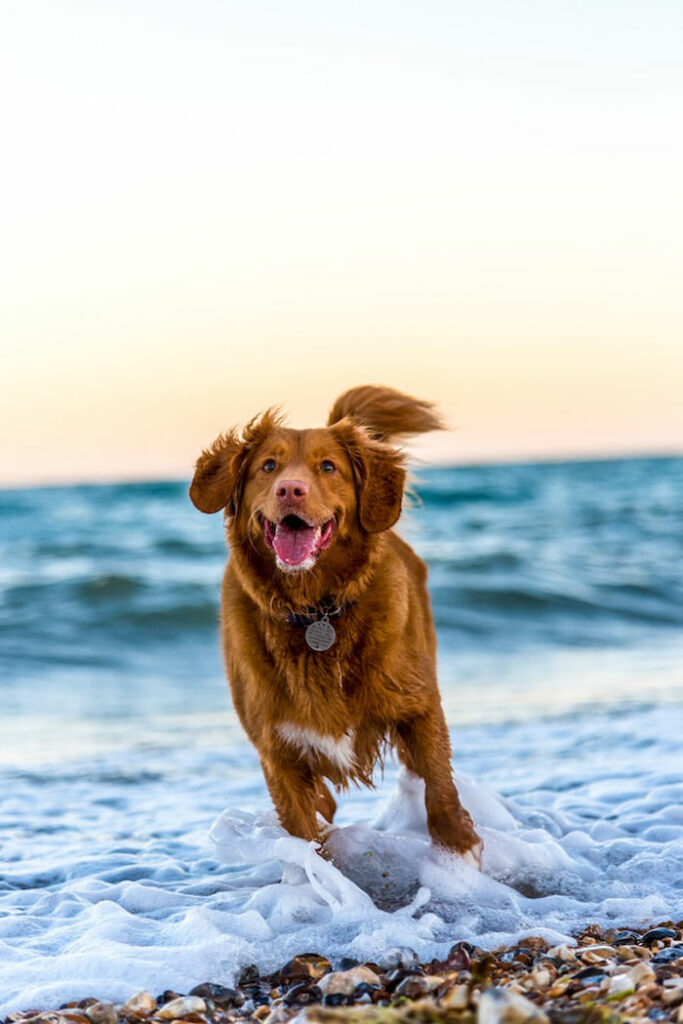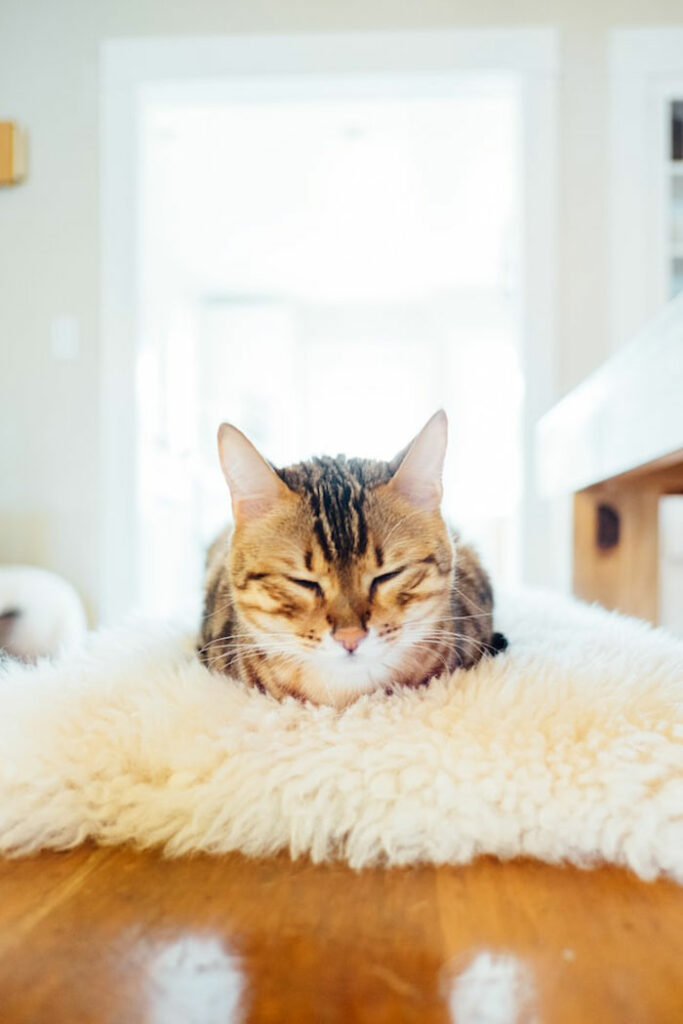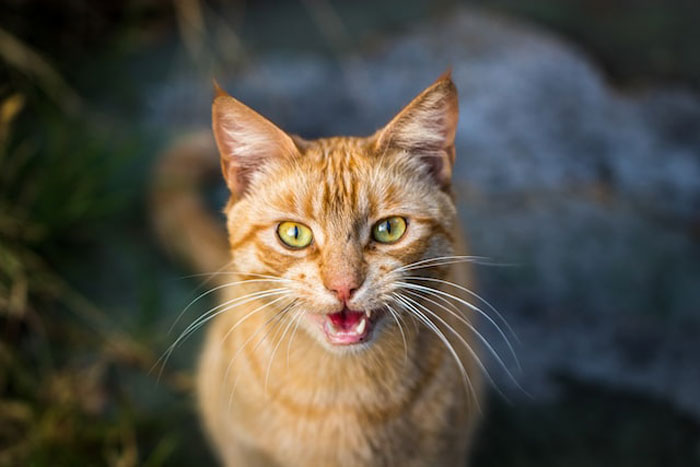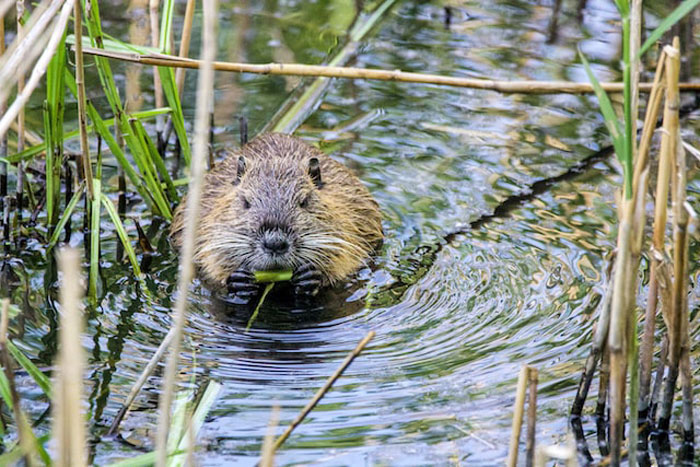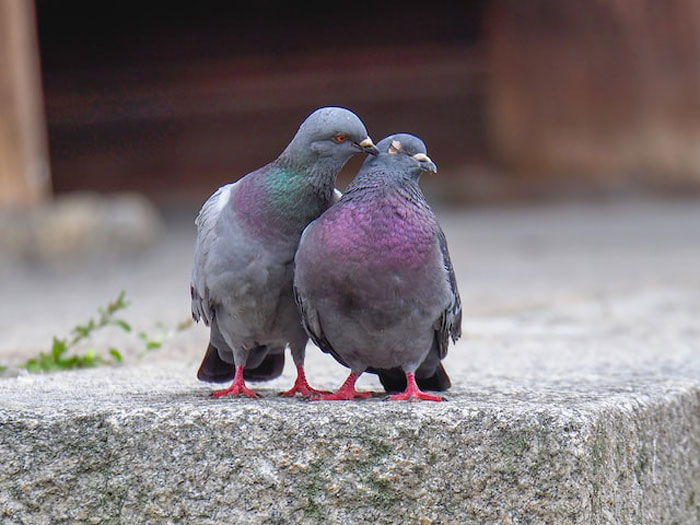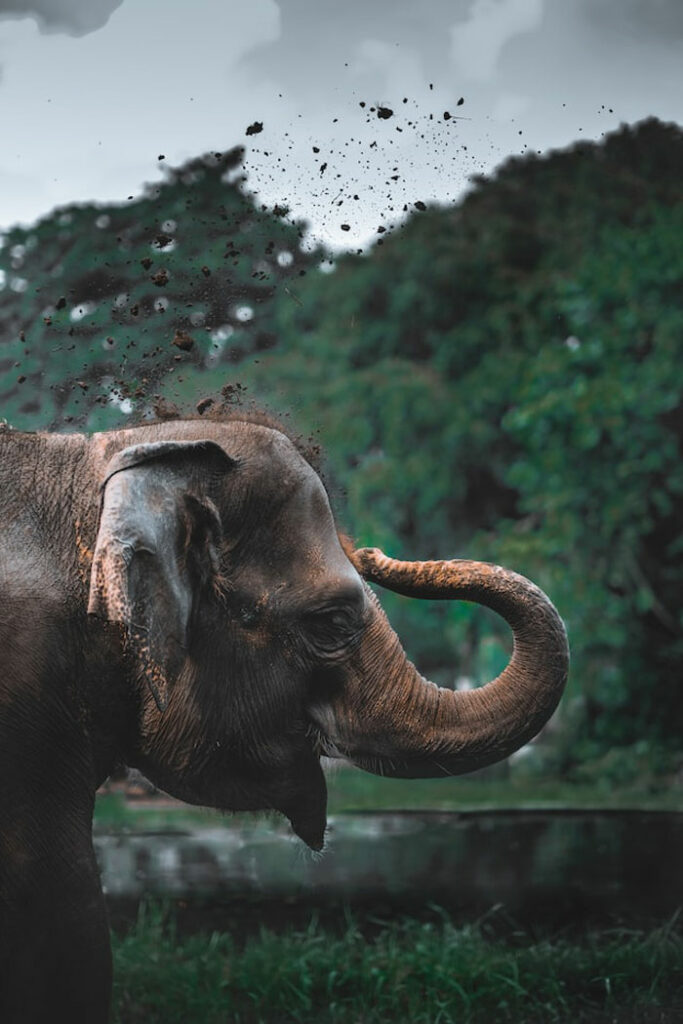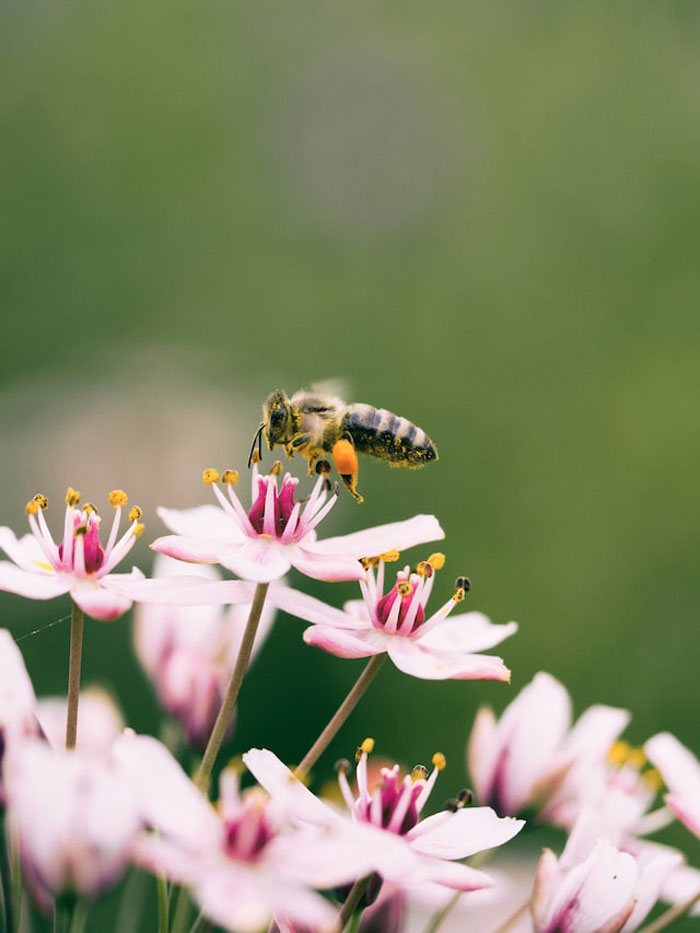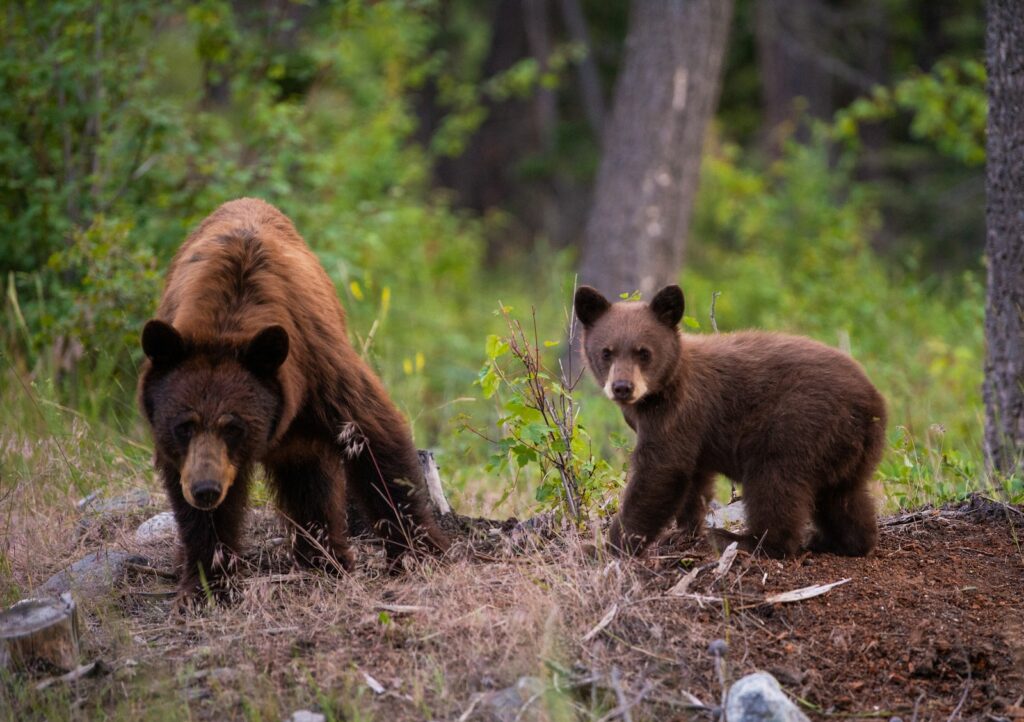35 Wholesome Animal Facts That Will Warm Your Heart
Let’s delve into a world where the cuteness and wonder of animals are celebrated. This delightful collection brings together a range of fascinating and wholesome facts about our furry, feathered, and finned friends. From the remarkable intelligence of octopuses to the incredible loyalty of dogs, these animal facts are not just informative but are heartwarmingly wholesome.
It’s a testament to how much more there is to discover about the animal kingdom, each fact adding another layer of appreciation and awe. So, get ready to smile and learn as we explore these wholesome animal facts, shared by people in this thread who adore them just as much as we do.
#1
#2
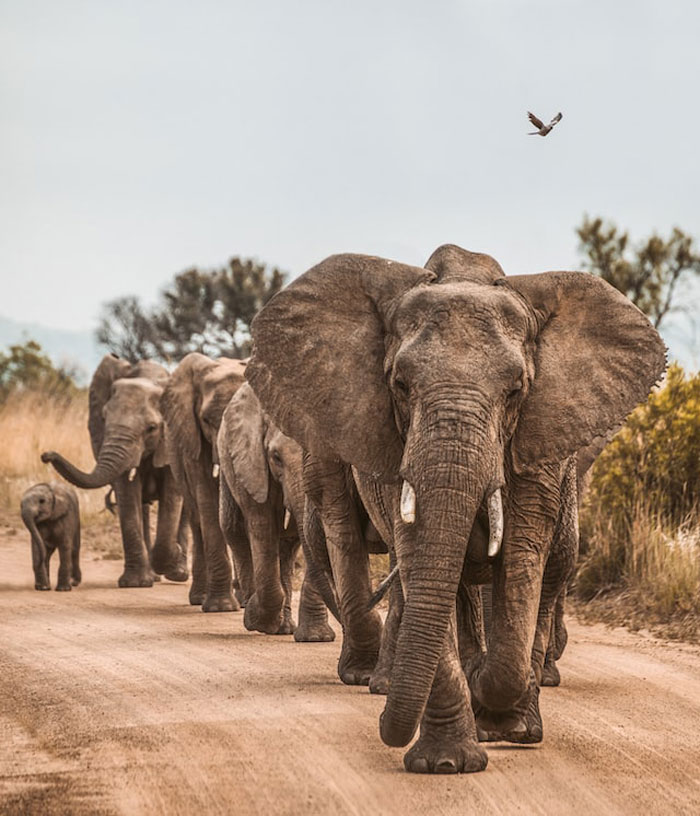
There are reports of elephants finding humans sleeping under trees and the elephants think they’re dead. People have woken up with elephants gently stroking them with their trunk and in some cases they try to cover them with branches and sticks as a “burial”
Elephants are one of the few animals who mourn their dead and have rituals.
#3
#4
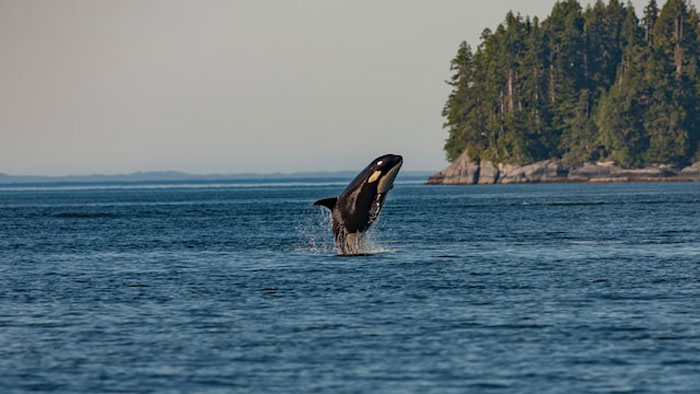
Orcas have incredibly complex social structures. They have different languages and regional dialects. They have names. They sing and dance. Pods that are close and speak the same language will mourn deaths and celebrate births together, even from other pods, other families. Their young are largely taught by the matriarch(s) of the pod, and they’re able to teach verbally, rather than by showing.
This means they have *culture*. Traditions, not just instinct or patterns. One of the only animals in the world that has that.Orcas have incredibly complex social structures. They have different languages and regional dialects. They have names. They sing and dance. Pods that are close and speak the same language will mourn deaths and celebrate births together, even from other pods, other families. Their young are largely taught by the matriarch(s) of the pod, and they’re able to teach verbally, rather than by showing.
This means they have *culture*. Traditions, not just instinct or patterns. One of the only animals in the world that has that.
#5

In a recent study, researchers put one rat in an uncomfortably small, confined space that can be opened by another rat on the outside. The Outside Rat would figure out how to release the Trapped Rat when they made sounds of distress. Even when the researchers distracted the Outside Rat with treats, it would save a treat for the Trapped Rat when it let it out. Basically proving that rats have empathy.
Which I already knew, I love rats. They make amazing pets, clean & smart. It’s just a damn shame that they only live about 3-4 years on average. Plenty of time to break your heart, but definitely not long enough.
#6
#8
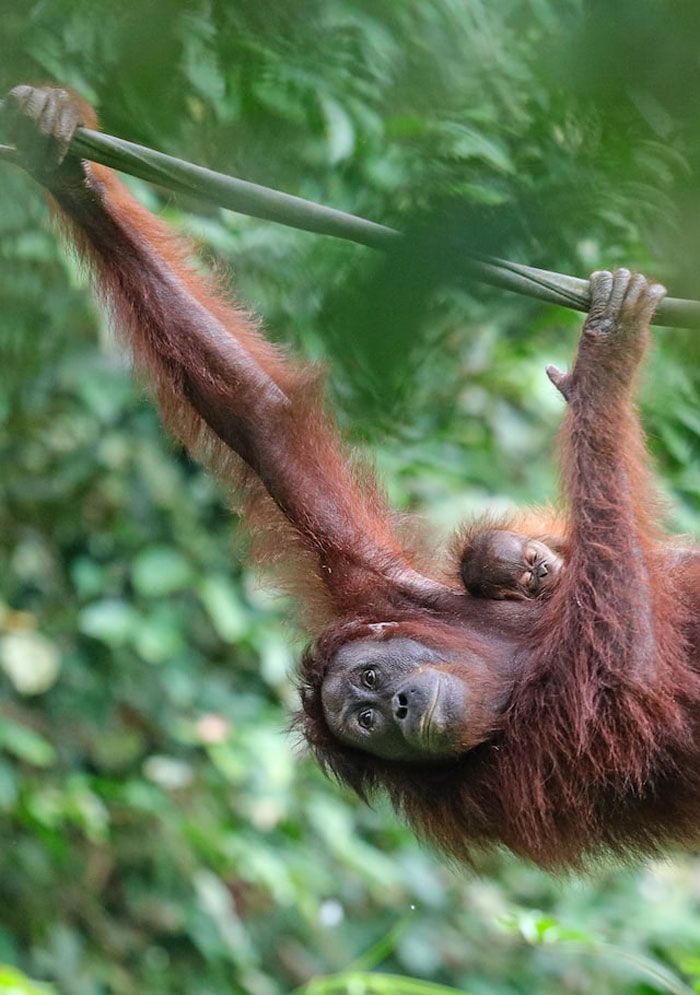
My father in law worked for a commercial plumbing company. They got a job putting in all the water related stuff for the primate enclosures at the local zoo. While working near orangutans, they had to not leave their tools unattended, and take inventory when they left. The orangutans would try to use the tools to take their enclosure apart.
Bonus Wholesome: Years later, my son got a book on animals at the book fair. Reading it together, when we got to the part about orangutans it said, “orangutans are so smart, plumbers working on their enclosures at the (Hometown) Zoo had to be careful not to get their tools taken when working on their enclosure.”
I said, “Holy c**p, they are talking about your grandpa!!”
#9
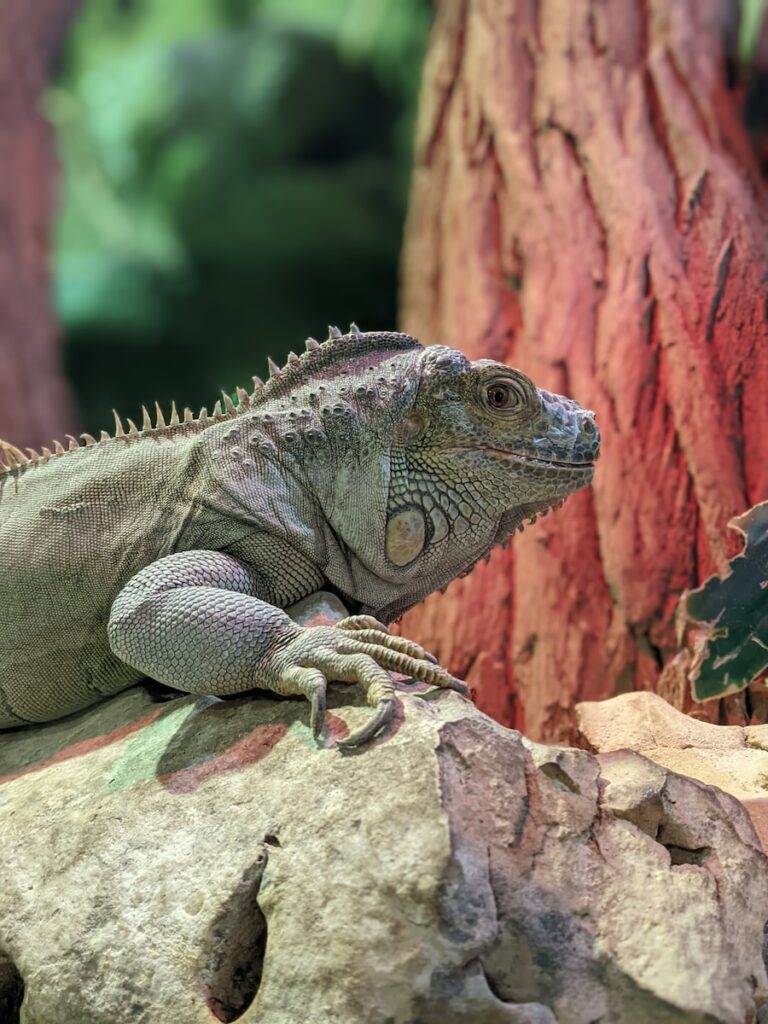
Bearded dragons wave to communicate greeting and that they aren’t a threat. When you wave to a bearded dragon and it waves back at you, you’re literally speaking the same language with the same intent.
#10
#11
#12
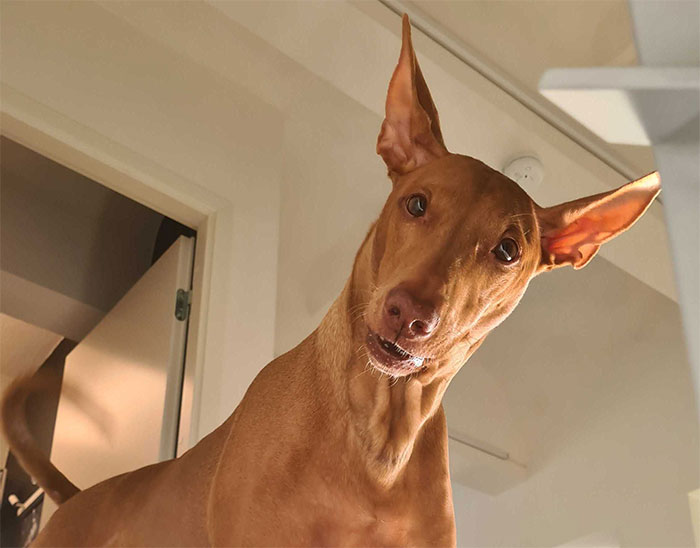
Dogs evolved the ability to move their eyebrows to better communicate with humans.
#14
#16
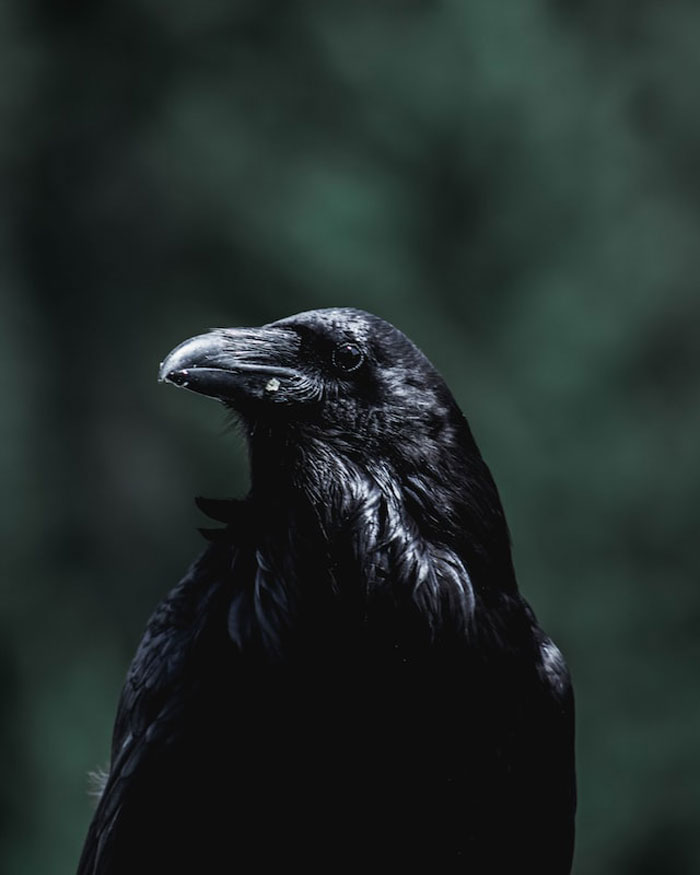
Wild wolf packs and murders of crows form bonds over time. The crows help lead the wolves to live prey and in return and crows get the scraps after the wolf pack has eaten their fill. Crows have been seen playing with wolf pups and bringing them sticks and feathers as gifts. These same crows and wolf pups reunite as adults and do the deal time and time again. Sometimes the birds and carnivores just hang out together, supposedly just to enjoy each other’s time.
Like Hood Nature (Casual Geographic) once said, “There’s a Disney movie in here, I just know it.”
#17
#18
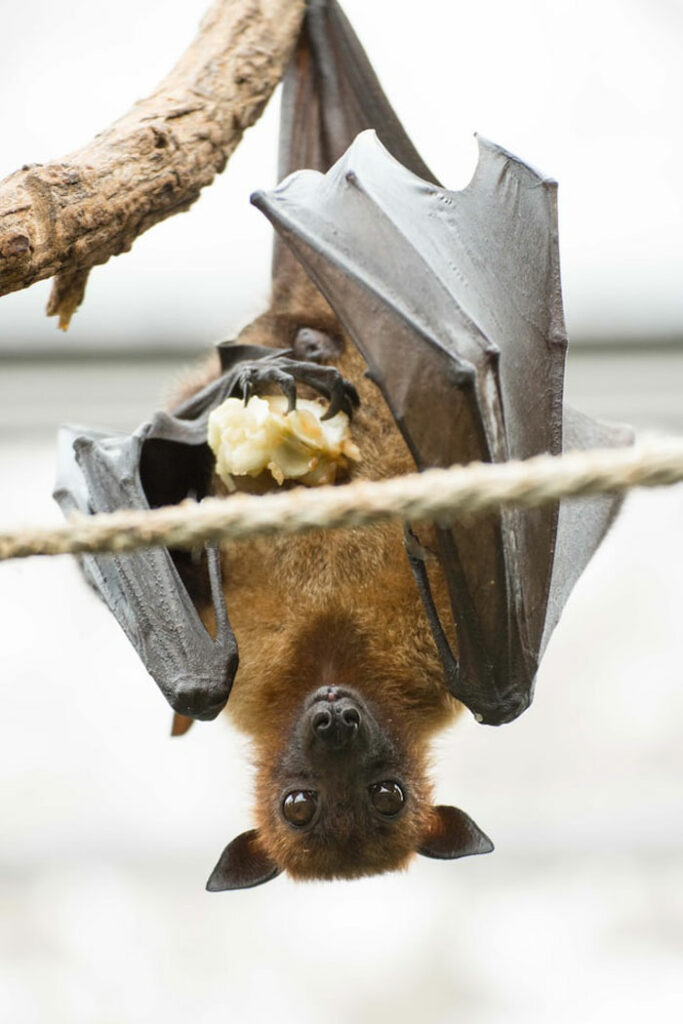
Vampire bats will share food with other vampire bats who haven’t fed in the last day or two (their metabolism means they die if they don’t eat roughly every three days). This helps support members of the colony, even though it puts the sharer at risk. It is considered one of the few forms of altruism observed in non-human animals.
#19
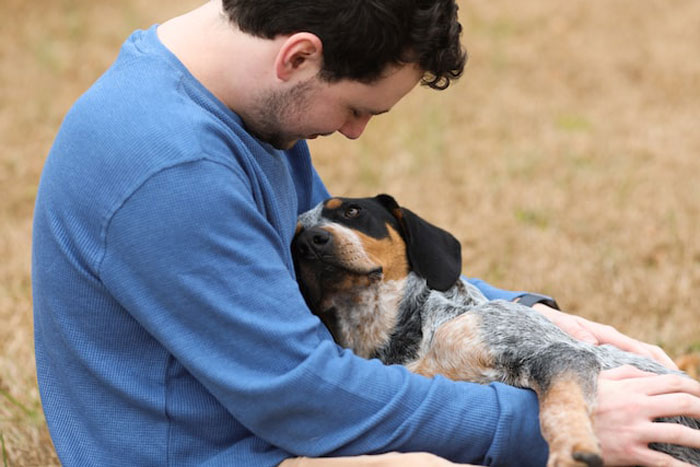
Dogs love us just as much as we love them.
Scientists studied their brainwaves and they showed a significant difference between being shown the image of a stranger and the image of their owner. Furthermore, the “pleasure center” of their brain shows more activity with humans than it does with other dogs
#20
#21
#22

There’s an aquarium in Japan that has eels who are antisocial, but because of the constant exposure to people, they’ve learned to be comfortable with humans. But due to the pandemic, eels went back to being isolated creatures, until the aquarium decided to FaceTime the eels. Yes, FaceTiming eels.
They eventually went back to be comfortable to humans.
#24
#25

Humans aren’t the only species to be found to keep other animals as pets/livestock in a way that resembles us much more than you might think. Some spiders have pet frogs. Some types of ants will raise aphids like livestock. In captivity the list expands–Like how many cheetahs in captivity have emotional support service dogs to help them with anxiety and other issues, especially in breeding programs where a happy cheetah is MUCH more likely to be able to carry to term. Even species that don’t exhibit the behavior yet show that they could if presented with the right option of pet–See elephants getting excited about cute things, and being very gentle with anything they know is smaller/weaker than them.
#26
#27
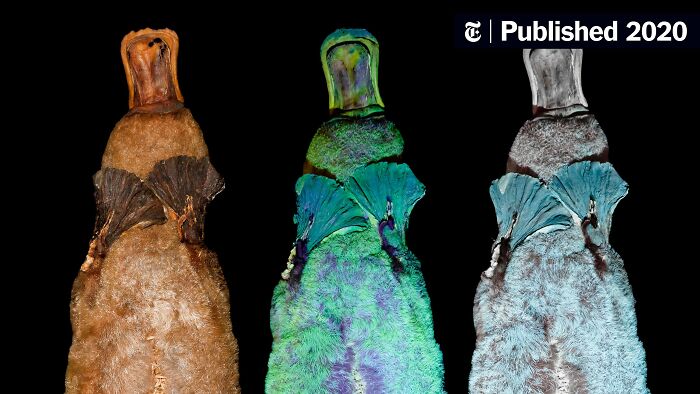
Despite all the weirdness that is the Platypus, they are still discovering weird things about it.
Within the past two years it was discovered that platypus fur glows [blue-green](https://www.sciencenews.org/article/platypus-glow-blue-green-ultraviolet-light-fluorescent-fur) when exposed to ultraviolet light.
#28
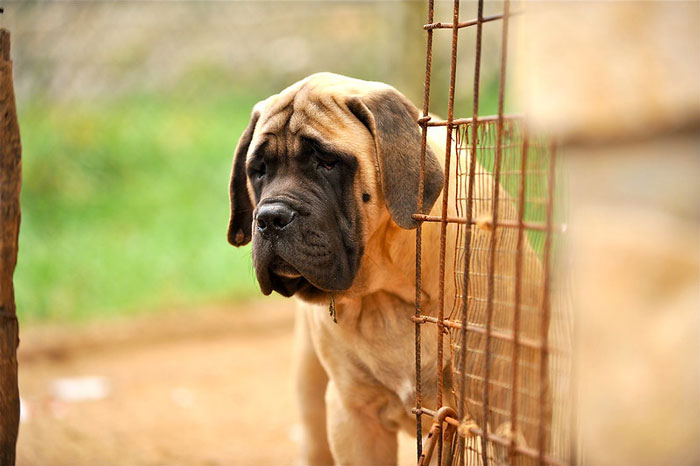
English mastiffs sailed on the Mayflower:
Most people wouldn’t consider dogs that can weigh nearly 200 pounds an “essential,” but most people weren’t John Goodman.
The 25-year-old pilgrim brought his English mastiffs on the Mayflower with him, and they sailed to the New World. Though the master didn’t last long, the community adopted his dogs, and cared for them.
#29
#30
#31
#32
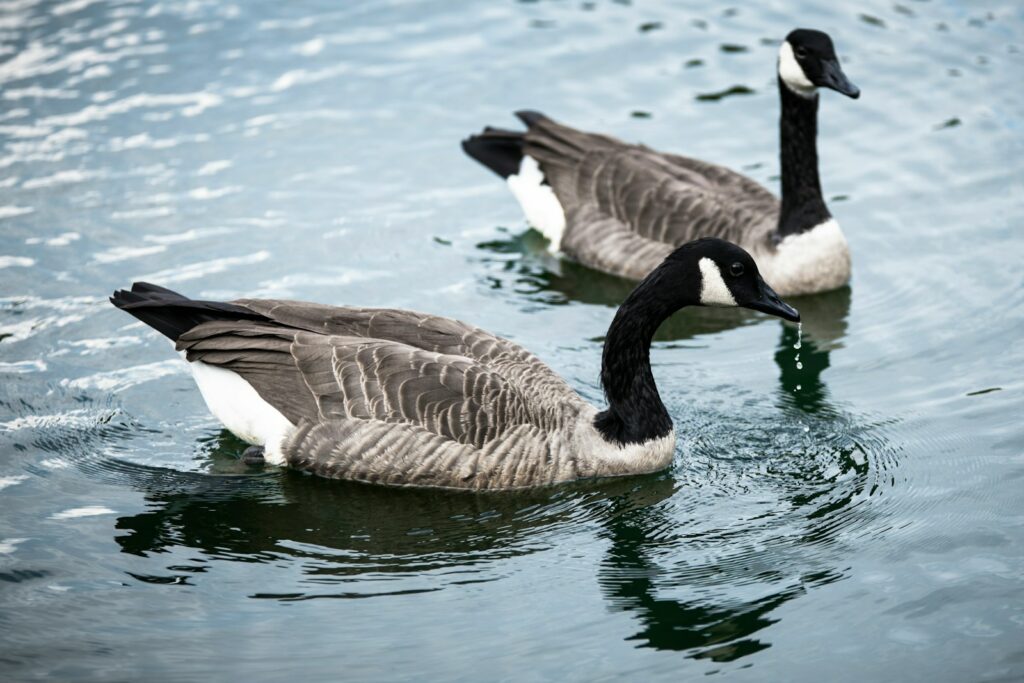
Geese mate for life
#33
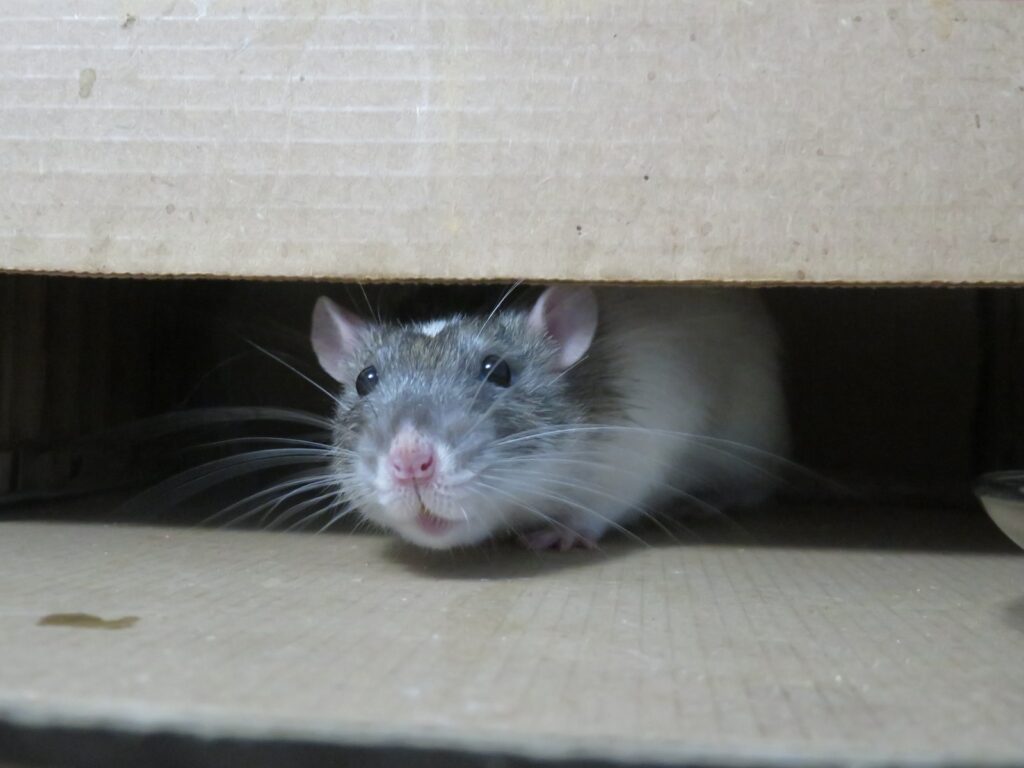
Rats will help free other rats from uncomfortable position, even if it means sharing food or getting no reward at all.
Rats have more empathy than humans
#34
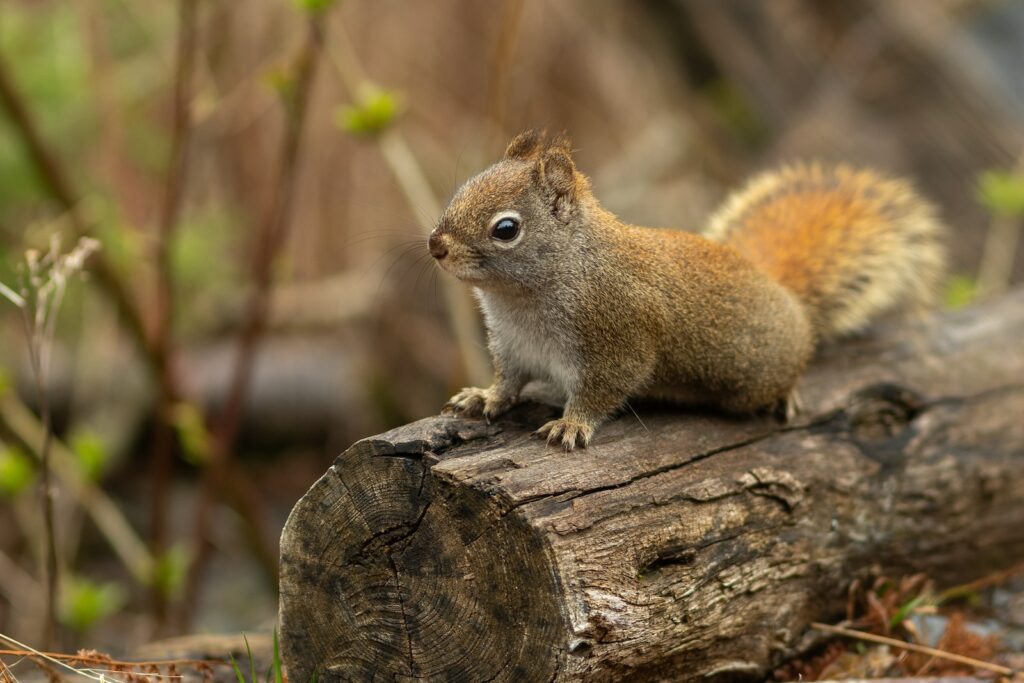
Squirrels will “adopt” orphaned baby squirrels and take care of them ❤️

